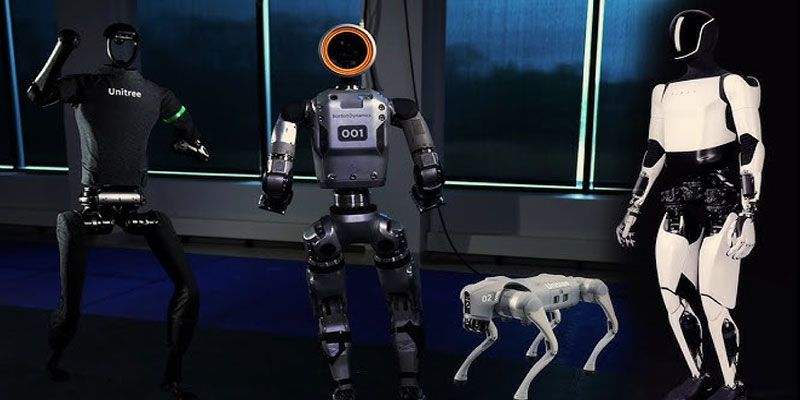India’s Chandrayaan-3 will lift off at 2.35 pm today from Sriharikota in Andhra Pradesh, carrying the hopes of an entire nation. A successful mission will make India the fourth nation to land on the moon.
To date, only the Soviet Union, China, and the US have made successful moon landings, whereas only NASA has sent astronauts there. The ISRO is preparing to launch its third lunar mission Chandrayaan-3 to the Moon today (July 14). If the mission is successful, the Chandrayaan-3 will become the world’s first mission to soft-land near the lunar south pole.
Let’s read 10 points on India’s eye on the moon:
- The moon lander Vikram will be perched on a GSLV Mark 3 heavy-lift launch vehicle — dubbed the Bahubali rocket. Renamed Launch Vehicle Mark 3 (LM-3), the GSLV stands 43.5 meters tall – half as high as Delhi’s Qutb Minar. The journey will take over 40 days – the spacecraft is expected to touch down on the moon on August 23.
- The Indian Space Research Organization is keeping its fingers crossed, after its last moon mission in July 2019 went awry.
- “The main lacuna in the last Chandrayaan-2 mission was that there were off-nominal conditions that were initiated in the system. Everything was not nominal. And the craft was not able to handle the off-nominal condition for a safe landing,” ISRO Chief S Somnath told a news channel in an exclusive interview.
- In first, India’s moon craft will land at the South Pole of the moon, where water molecules have been found. The finding, made during India’s first moon mission in 2008, had startled the world.
- Vikram is meant to have a safe, soft landing. The lander will then release the rover Pragyan, which will roam the moon’s surface for a lunar day — equal to 14 earth days — and conduct scientific experiments.
- The scientists hope to analyze the lunar soil, rove around the moon’s surface, also log moon quakes.
- ISRO says learning from the last moon mission, it has reduced the number of engines on the lander from five to four and updated the software. Everything has undergone rigorous testing.
- Mr. Somanath explained that the new mission has been designed to land successfully even if certain elements fail. Several scenarios including sensor failure, engine failure, algorithm failure, and calculation failure were examined and measures developed to counteract them.
- Chandrayaan-1, India’s maiden mission to the Moon, launched in October 2008 and remained operational till August 2009.
- In 2019, the lander of Chandrayaan-2 got deviated from the planned trajectory and suffered a hard landing. The orbiter still circles the moon and is sending data.
(With inputs from agencies)





